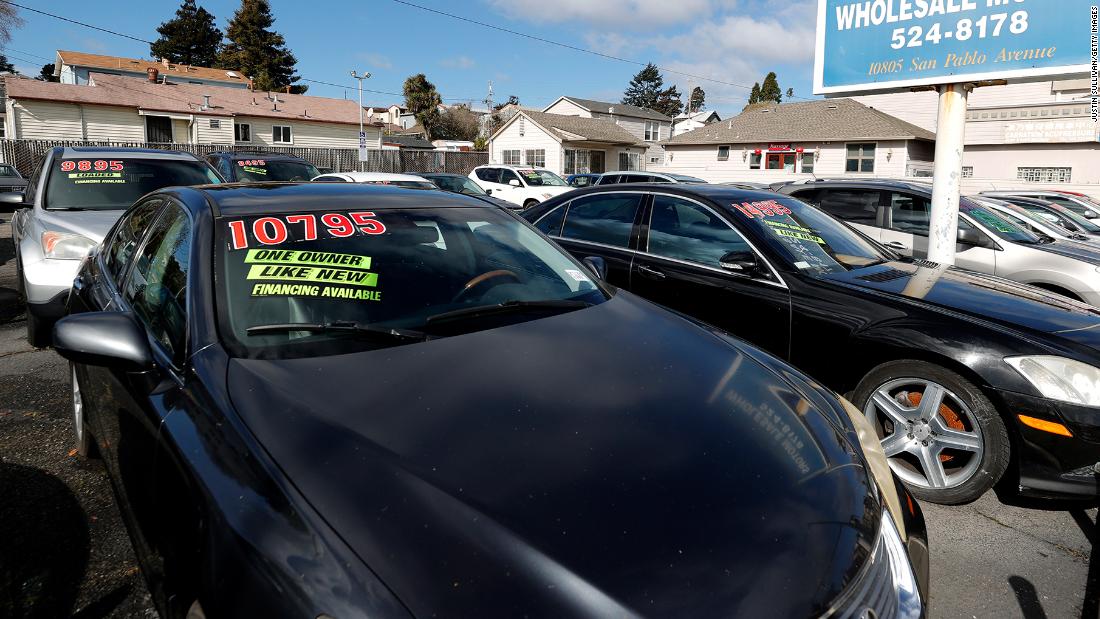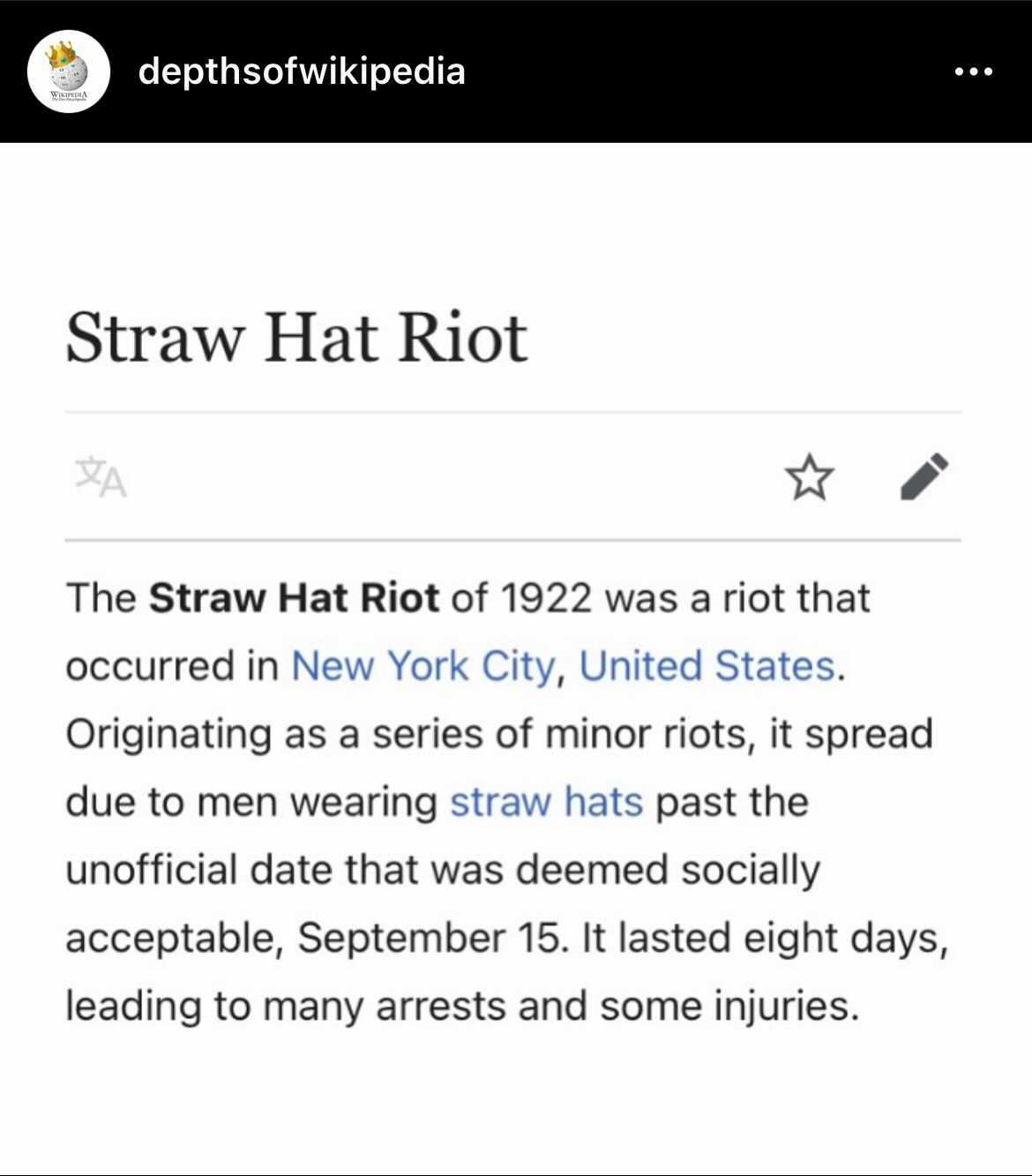| 🚗 CAR CRUNCH
Car prices have been a mind-blowing gauge of inflation over the past year-plus. Economists and business writers alike have referred to the market as a "perfect storm" of tight inventory, a computer chip shortage and unexpectedly high demand. Now actual, non-metaphorical storms are joining the mix.
Prices were just starting to edge down from record highs. Tuesday's August consumer price index report showed used car prices retreating slightly from July (though still up 32% from a year earlier).
Then Hurricane Ida barreled in.
The flooding from Louisiana up through the Northeast destroyed hundreds of thousands of cars, both on the roads and in dealer lots, CNN Business' Chris Isidore reports. Hurricane Nicholas, which hit the Texas Gulf Coast early Tuesday, could add to the problem.
"Any new problem with car inventory is one problem too many," said Kayla Reynolds, manager of economic and Industry insights for Cox Automotive.
WHY STORMS DESTROY CARS A car that's been through a flood is basically rotting from the inside out, says Patrick Olsen, executive editor of CarFax. "Anytime you get mud or silt in the connections it can create a short in [the] system, which can cause a car to stall while driving."
Hurricane Harvey, which hit the Houston area in August 2017, is estimated to have severely damaged or destroyed 500,000 cars, pushing used car wholesale prices nationwide up about 3% in the month after the hurricane. Experts fear it will be worse this time, even if fewer cars are affected (CarFax estimates Ida destroyed more than 212,000), because of the already limited inventory.
BOTTOM LINE Anyone looking to buy a car in the next few months should beware: CarFax estimates that there are 370,000 storm-damaged cars on the road today, often sold to unsuspecting buyers. "If you see a price that is too good to be true, it's probably too good to be true for a reason," said David Paris, senior manager of market insights for JD Power. #️⃣ NUMBER OF THE DAY $500 million All right, real estate junkies, buckle up: This Bel Air mansion, dubbed "The One" by its developer, is on track to be sold after the owner defaulted on more than $100 million in loans and debt. The 105,000-square-foot home has seven pools, a 50-car garage, a 10,000-bottle wine cellar and its own nightclub. It was supposed to come to market for $500 million, according to the developer's Instagram. It's unclear what it'll be listed for after going through receivership. CNN Business' Anna Bahney has the full story.
👀 THE FACEBOOK REPORT The Wall Street Journal this week dropped a bombshell investigation into Facebook that's making a ton of waves. The key finding, the paper says, is that Facebook's leaders are well aware of its platforms' flaws that cause harm to users. Despite that, the company has repeatedly failed to address the problems. (You can read the Journal's reporting here.)
Instagram, in particular, is under intense scrutiny for its effect on teens. Researchers within Facebook, the Journal said, have been conducting studies for the past three years into how Instagram affects its millions of young users.
In short: It's toxic.
"We make body image issues worse for one in three teen girls," said one internal presentation slide obtained by the Journal. (The reports are full of statements like these you'd never expect a company to put on paper.)
WHAT INSTAGRAM SAYS Instagram, which Facebook bought in 2012, issued a response Tuesday, saying that although the app can be a place where people have "negative experiences," it also gives a voice to marginalized people and helps friends and family stay connected.
Instagram's head of public policy, Karina Newton, said that the internal research leaked to WSJ demonstrated the company's commitment to "understanding complex and difficult issues young people may struggle with, and informs all the work we do to help those experiencing these issues."
Of course, the internet has been toxic since…always. But the research cited by the Journal shows that some problems with teen mental health were specific to Instagram, and not social media more broadly, especially when it comes to "social comparison." That's that garbage feeling you get after watching a fitness influencer/model show off their abs while explaining how they consume 1,200 calories a day, never get tired, read a book a week and keep a bullet journal while also traveling, training a puppy, learning Russian and keeping a Marie-Kondo-level organized home.
Anyway, one idea Instagram has toyed with is to nudge users to look at different topics when they repeatedly view, for example, diet and fitness accounts. That might not be enough to appease critics. Facebook reaffirmed in July in that it was moving forward with plans to build an Instagram for kids under the age of 13, despite significant opposition from parents and lawmakers in Washington.
WHAT ELSE IS GOING ON? 🚀 3…2…1… Tonight, perhaps even as you're reading this, four people will strap themselves into a capsule atop a 200-foot-tall SpaceX rocket that will blast them past the speed of sound and up to 17,500 miles per hour. It's the first orbital mission in the history of spaceflight to be staffed entirely by tourists or otherwise non-astronauts.
🔌 Rivian beat larger rivals like Tesla and Ford to become the first automaker to build a consumer-ready electric pickup truck.
🎰 Casino stocks crashed after Macao, a semi-autonomous Chinese territory and one of the world's biggest gambling hubs, said it was weighing measures that would crack down on gambling.
CNN BUSINESS NIGHTCAP You are receiving this newsletter because you're subscribed to CNN Business Nightcap.
No longer want to receive this newsletter? Unsubscribe. Interested in more? See all of our newsletters.
Create CNN Account | Listen to CNN Audio | Download the CNN App
® © 2021 Cable News Network, Inc. A WarnerMedia Company. All Rights Reserved. One CNN Center Atlanta, GA 30303
|
SUBSCRIBE TO OUR NEWSLETTER
Our Youtube Channel
Top Articles
-
Baird and NWSL general counsel Lisa Levine were ousted Friday in the wake of a rep...
-
Plus: The high costs of housing, school board politics and alien life abroad July 16, 2021 View in B...
eseries.in - All Rights Reserved 2023-2025










